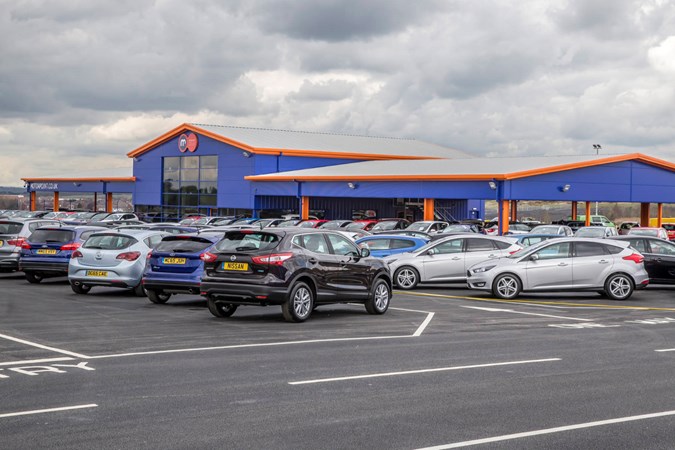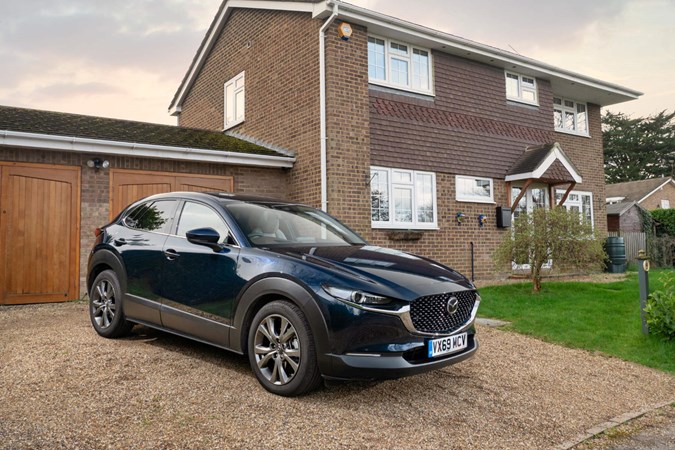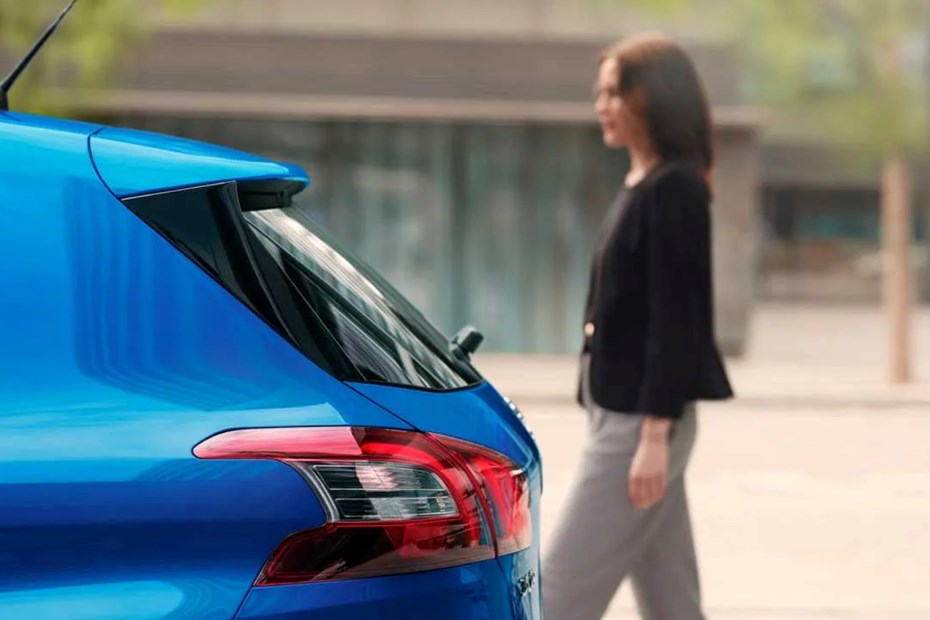No deposit car leasing deals are an easy concept to grasp. You get to lease a new car without having to put any money down.
It’s a simple enough concept but in reality it’s a bit more complex. You see, with a regular leasing deal you stump up an initial payment (often referred to as the deposit), then follow that up with a set of regular monthly payments. Once the contract is up it’s time to find a new car.
Car leasing with no deposit works differently. Instead of paying the initial payment (deposit) up front, it’s split between the monthly payments.
It’s always worth remembering that the lower the initial fee, the higher your monthly payment will be.

Car leasing with no deposit (initial payment)
As we mentioned at the start, it’s super easy to understand. But, there is one thing that needs some explaining. Technically a deposit with car leasing is called an initial payment.
The money you pay up front when leasing isn’t considered as a deposit, because it’s non-refundable and it’s in no way linked to the car, or the condition of it on its return.
Technically, it’s an initial payment because you pay it and it’s gone forever, there’s no recouping it.
As the name suggests, you cough it up before you receive your car. It’s usually between three and ten months’ worth of monthly payments.
It’s important to remember that paying the initial rental doesn’t reduce the total number of months that the deal runs for. For example, if the deal is more than 36 months, you might pay an initial rental to the value of three months’ payments but still have 35 monthly payments to make.
The initial payment will be collected when you order the car and typically paid by bank transfer or a card. If you don’t pay it, you don’t get your car. The subsequent monthly payments are likely to be taken by direct debit.
Why it’s better to pay a deposit (initial payment)
Although an initial payment doesn’t shorten the length of the lease, it does help to reduce the value of your monthly payments since you are paying back more of the money in one go. In short, the more you pay upfront, the less you pay each month, and vice versa.
Remember, though, that unlike some deposit payments, an initial payment is non-refundable.
Car leasing with no deposit if you have bad credit
If you’re after a car leasing deal with no deposit (initial payment) and you have bad credit, then unfortunately, we have bad news for you. Ideally, you need a good to excellent credit rating in order to be eligible for personal leasing with no deposit.
Why? If you have a poor credit score, you’re more likely to default on the money owed.

If you have a bad credit rating, paying the initial rental reduces the amount you have to borrow, meaning the finance company that organises the finance for your car might look more favourably on you.
>> How to get car finance if you have bad credit
The difference between PCP deposits and leasing deposits (initial payments)
Businesses have understood the value of leasing for years. Simply, it’s a way of financing a portion of the total cost of a car over a fixed term, typically 12 months for a short-term deal, and around three years for a long-term one.
In that sense, it’s like renting except that the company is responsible for servicing, insuring and taxing the car.
The point is, though, that at the end of the term, the car is returned to the leasing company and a new car organised in its place.

Under the terms of a Personal Contract Purchase (PCP) deal, where like leasing, only a portion of the car’s total price is financed, there is no duty to return the car at the end of the term. Instead, the customer has three options: put any equity in the car (the difference between its official forecast value, also called the Minimum Guaranteed Future Value (MGFV), and its actual trade value which may be higher) towards a replacement, pay the MGFV and keep it, or return it and walk away with, all being well, nothing more to pay.
Regarding a PCP, this deposit is not based on a multiple of the monthly payments that lie ahead but is simply a figure that’s likely to be a percentage (usually 10%) of the sum that’s being funded – that is, the difference between the car’s price and its minimum guaranteed future value.
In fact, in some cases, the manufacturer also chips in with an additional sum of money called a deposit contribution. This helps to bring down the monthly payments lower still and can also be thought of as a discount.
Also, some PCP deals may only require a token deposit of £99 from the customer or even no deposit at all. This avoids having to find a larger sum of money upfront, but it comes home to roost in the form of higher monthly payments.
Find out more about car finance:
>> No deposit car finance deals
>> The best new cars for £100 per month
>> The best new cars for £150 per month
>> The best new cars for £200 per month
>> The best new cars for £300 per month
>> The best new cars for £400 per month
>> The best new cars for £500 per month
>> Best new car deals: leasing, and cash offers
Just so you know, we may receive a commission or other compensation from the links on this website - read why you should trust us.










